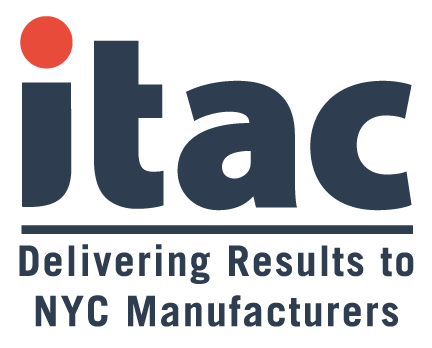A New Era for Smarter Food Safety – In 2018, the United Nations General Assembly proclaimed that June 7 every year would be celebrated as World Food Safety Day.
In 2020, the World Health Organization (WHO) and the Food and Agriculture Organization (FAO) of the United Nations decided to jointly facilitate the observance. The purpose of this day is to “inspire action to help prevent, detect and manage foodborne risks, contributing to food security, human health, economic prosperity, agriculture, market access, tourism and sustainable development.” And, it reminds us all why improving food safety is important.
The WHO estimates that each year, unsafe food causes 600 million cases of foodborne diseases and 420,000 deaths worldwide. Of this number, 30% of foodborne deaths occur among children under 5 years of age. According to the Centers for Disease Control and Prevention (CDC), 48 million people get sick, 128,000 are hospitalized, and 3,000 die from foodborne diseases each year in the United States.
Food Safety through Prevention
Having recognized this, the U.S. Food and Drug Administration (FDA) launched the Food Safety Modernization Act (FSMA), which emphasized safety through prevention based on science and risk-based protections. The FSMA shifted the focus from responding to foodborne illnesses to preventing them.
A new initiative by the FDA called “The New Era of Smarter Food Safety” builds on FSMA and incorporates more effective processes and modern techniques. This approach further addresses the issue of foodborne illness through leveraging the use of new and emerging technologies resulting in improving predictive capabilities, enhancing prevention, and accelerating speed and effectiveness of the outbreak response. It encourages food manufacturers to establish and internalize the culture of food safety. It may take a decade to implement this approach. Dynamic in nature, this initiative is likely to evolve as the sensor technologies, data management and the food manufacturing/processing systems evolve.
The New Era of Smarter Food Safety is centered around four core elements:
- Tech-Enabled Traceability
- Smarter Tools and Approaches for Prevention and Outbreak Response
- New Business Models and Retail Modernization
- Food Safety Culture
These are the foundational pillars covering the range of technologies, analytics, business models, and values that are its building blocks. While technology is extremely important, this approach gives primacy to leadership and creativity. This New Era of Smarter Food Safety is going to be people-led, FSMA based, and technology enabled.
Core Elements and How the MEP National NetworkTM Helps
The Manufacturing Extension Partnership (MEP) is part of the Commerce Department’s National Institute of Standards and Technology (NIST). The MEP National Network (MEPNN), whose mission is to strengthen and empower U.S. manufacturers, comprises NIST MEP, 51 MEP Centers located in all 50 states and Puerto Rico, and its over 1,400 trusted advisors and experts at more than 385 MEP service locations. These Centers are staffed with experienced technical personnel who assist small and medium-sized manufacturers with operational excellence, workforce development, food safety, and much more. The MEPNN is extremely well positioned to serve as a resource to the food manufacturers and processors to become successful in the New Era of Food Safety.
Core Element 1: Tech-Enabled Traceability
Advancing traceability protects consumers from contaminated products by doing rapid tracebacks, identifying specific sources and helping to remove products from the marketplace as quickly as possible whenever necessary. The growing realm of tracing technology can assist end-to-end traceability throughout the food safety system.
MEPNN staff are well-versed in helping manufacturers adopt new technologies and support inter-operability across a variety of technology solutions.
Core Element 2: Smarter Tools and Approaches for Prevention and Outbreak Response
This element deals with root-cause analysis and data analytics. Root-cause analysis is an important step in identifying and modifying practices to avoid risks. Proper data analysis can lead to predictive analytics.
NIST has been one of the leading organizations in the field of predictive analytics. MEPNN staff are proficient in conducting root-cause analysis since it is routinely used in other industries. The Network will be able support food manufacturers in effectively implementing this element of the new initiative.
Core Element 3: New Business Models and Retail Modernization
How food gets from farm to table continues to evolve with the emergence of e-commerce and new delivery models. There has been a significant growth in online shopping for meals and groceries in recent times. This trend is expected to continue. Innovations in novel ingredients, new foods, and new food production systems require use of technology for management and production.
The MEPNN’s knowledge of Industry 4.0, which incorporates sensor technology, the Internet of Things (IoT), and data analytics, would serve very well for food manufacturers to usher into this new era.
Core Element 4: Food Safety Culture
Changing the culture of food safety is of paramount importance for protecting public health. Changing cultures takes time since it involves changing attitudes, behaviors, and values. The actions taken by the organization’s leadership play a pivotal role in making the change a success.
The MEPNN knows that any major change, such as those implemented through lean manufacturing or quality management systems, requires a commitment from senior leadership and a change to company culture. Food safety is no exception. MEPNN staff are experienced in helping manufacturers institute cultural changes.
The New Era of Smarter Food Safety is expected to significantly reduce the foodborne illnesses in the U.S. The MEP National Network is already helping food manufacturers with requirements of FSMA, and is now ready, willing, and able to assist them to usher in the new era of smarter food safety! Check our Food Safety courses to get started!
This insight is from NIST. To read the full article click here.






